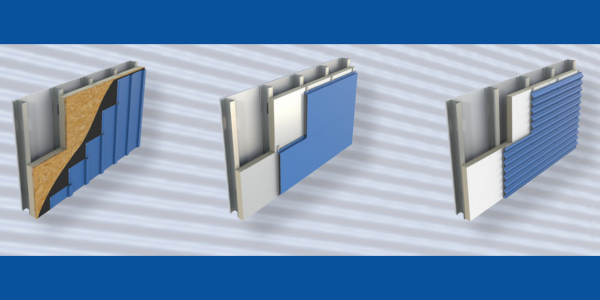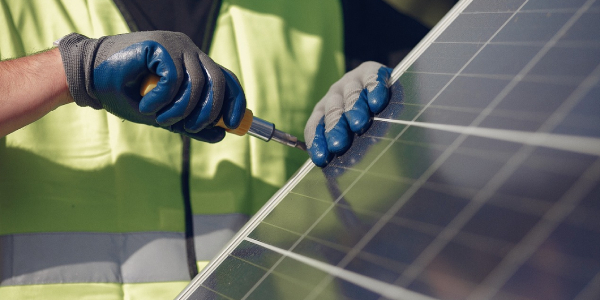UP TO THE MINUTE
What Makes Metal So Sustainable?

By McElroy Metal.
Metal roofing is considered the most environmentally friendly roofing material, but why?
You have probably heard about how metal roofing is the greenest roofing material, but the ways that metal is sustainable aren’t always clear. Metal roofs are typically made of recyclable material, and can be recycled endlessly when a roof needs to be replaced! That isn’t all that makes them so environmentally friendly, read on to learn from McElroy Metal about the many ways that metal roofing is as good for the environment as it is for your business.
Environmental impact of roofing materials
Home and building owners are becoming more aware of the environmental impact of their roofing. Who doesn't prefer to leave our world a little better than they found it! Metal roofing is the most sustainable roofing choice due to the recycled materials content and the fact that it is 100% recyclable at the end of its long service-life, in many cases up to 60 years or more.
Metal roofs are also more durable than other roofing materials which means fewer repair and replace possibilities. Hail, wind, fire and storm damage are far less likely with a metal roof because they are rated Class 4 by Underwriters Laboratories. This rating means that metal roofs survive much harsher conditions than those that are not rated Class 4.
Metal roofs significantly reduce energy consumption due to high reflectivity and thermal emittance. Metal roofs reflect sunlight and retain less heat energy than other roofing materials. Other roofing materials can lose from 20 to 40 percent of their reflectivity over time where metal roofs retain 95 percent of their reflectivity capacity over the life of the roof. These characteristics reduce the energy required to heat and cool a home or building which is a huge sustainable advantage as well as a benefit to the building owner.
What about asphalt shingles?
Due to low cost and ease of availability, the most common roofing material is asphalt shingles . Asphalt shingles are manufactured from crude oil and chemicals. They are typically not recycled and take hundreds of years to decompose in a landfill. Many landfills will even require large fees to accept shingles for disposal. Approximately 20 billion pounds of asphalt shingles are sent to landfills every year. That is not a sustainable model.
A quick rundown of roofing material types and key points about their sustainability:
Metal roofing
-
Long service life-can be 60 years or longer.
-
Energy efficient.
-
Made of recycled material.
-
100% recyclable at end of life.
-
Low weight, less than half the weight of asphalt shingles.
-
Lower weight allows the building structure to be lighter and use less material.
-
Ships easily.
-
Can often be installed over existing roofs preventing the old roof from being sent to a landfill.
Asphalt shingles
-
Made from crude oil and other chemicals.
-
Ends up in landfills after shorter lifespan.
Shake
-
Considered an eco-friendly roofing material as long as it is purchased from a sustainable FSC approved manufacturer.
-
Heavy weight of material increases shipping expense.
Slate
-
Considered eco-friendly.
-
Heavy weight of material increases shipping expense.
-
Heavy weight of material may require structural inspection prior to adding slate roof.
For those that prefer to be eco-conscious and desire their building to be sustainable there is another benefit. Using metal roofing can increase the building's value by as much as six percent, according to homeguides.com.
Learn more about McElroy Metal in their directory or visit www.mcelroymetal.com.
Original article source: McElroy Metal



















Comments
Leave a Reply
Have an account? Login to leave a comment!
Sign In